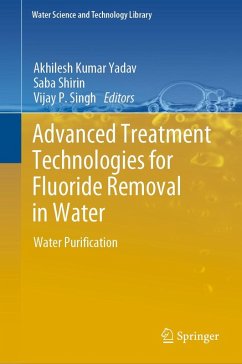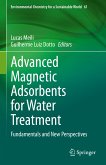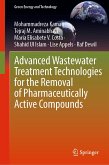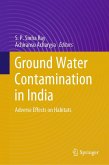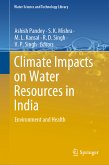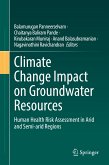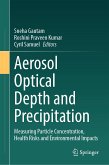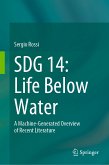This book presents an overview of the techniques available today for the removal of fluoride contamination/pollutants/species from water. Also covered are traditionally applied techniques for the removal of fluoride pollutants/species, including oxidation, coagulation-flocculation, and membrane techniques. Recently, progress has been made on the utility of various nanoparticles for the extraction of contaminants from water. Fluoride contamination is affecting water resources quality worldwide as a result of human activities, such as mining and pesticide use. Due to the high risk of fluoride exposure, specific water treatment processes are required to meet more severe water quality standards. A better understanding of currently available processes is necessary to develop economical, efficient, and effective methods for fluoride removal. Fluoride can either be coated, adsorbed using a wide range of both mineral and organic constituents or can be directly rejected by membrane processes, such as reverse osmosis and nanofiltration. Recent developments of submerged hybrid membrane systems, such as membrane bioreactors in wastewater treatment, provide alternative technologies for fluoride treatment.
Dieser Download kann aus rechtlichen Gründen nur mit Rechnungsadresse in A, B, BG, CY, CZ, D, DK, EW, E, FIN, F, GR, HR, H, IRL, I, LT, L, LR, M, NL, PL, P, R, S, SLO, SK ausgeliefert werden.

